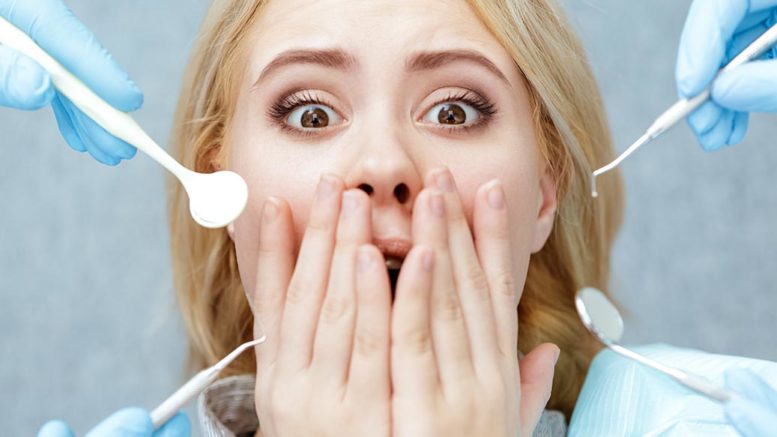Is the prospect of getting your teeth cleaned making your whole body anxious? Would you want to either suffer through the pain of a toothache than visit a dentist? You’re not the only one who feels this way! Many people avoid going to the dentist and, as a result, they don’t get the dental care they need.
Sedation dentistry may alleviate the anxiety experienced by patients, who shun dentist as if they are toxic. Sedation can be utilized for a variety of treatments, from invasive surgeries, dental crowns, to routine dental cleanings. The severity of the dread determines how it is employed.
What Is Sedation Dentistry?
Medication is used in sedation dentistry to assist patients to relax, when dental treatments are performed. Although not fully correct, it’s often referred to as sleep dentistry. Excluding patients who receive general anesthesia, most are typically awake.
The following sedation levels are used in sedation dentistry in Las Cruces NM:
- Limited sedation: You are alert but calm.
- Intermediate sedation: It causes you to not speak clearly and forget a lot of what happened during the surgery.
- Heavy sedation: It indicates that you are on the verge of waking up but require assistance.
- General anesthesia: You are fully asleep and unconscious.
What Are the Different Kinds of Dentistry Sedations?
In dentistry, the various sedations used are described below:
Heavy sedation along with general anesthesia: During the surgery, you will be given drugs that will render you either close to or completely unconscious. You can’t readily be awoken, when under general anesthesia, not unless the effects of it wear off or countered with medication.
IV sedation with a modest level of sedation: The sedative medicine is administered via a vein, which allows it to work more promptly. This approach enables the dentist to alter the dose of anesthesia as needed.
Oral Sedation, which is administered by mouth: Oral sedation varies from mild to moderate, depending on the total amount provided. A pill, such as Halcion, is given when limited sedation is needed. It is typically given an hour prior to the procedure. The medication will cause sleepiness, but you will remain aware of what’s happening. To achieve mild sedation, a higher dose may be used. This is the most prevalent form of anesthetic used in sedation dentistry. Mild oral sedation causes some patients to feel so drowsy that they fall asleep throughout the treatment. A gentle shake, on the other hand, is generally enough to wake them up.
Inhaled sedation with a low level of sedation: Via a mask put over your nose, you inhale nitrous oxide mixed with oxygen. The gas aids with relaxation. The degree of sedation received is under your dentist’s control, and the nitrous oxide wears off rapidly. This type of anesthesia allows you to drive home following the treatment.
Despite the sort of sedation you undergo, you’ll almost always require a local anesthetic. A local anesthetic will help alleviate pain if the treatment is painful.
Who Is Eligible for Sedation?
Sedation is best appropriate for persons who have a genuine fear about visiting the dentist. People who may benefit from sedation dentistry include those who:
- require a significant amount of dental work to be performed
- have a poor gag reaction
- have teeth that are extremely sensitive
- are unable to remain still during the procedure
- have a poor tolerance for pain
If a youngster is afraid of visiting the dentist or refuses to participate, sedation may be used. Nitrous oxide is generally considered safe for kids, and it can be administered by almost any dentist. Only a limited number of pediatric dentists are eligible to administer oral sedation to youngsters. When administered in the recommended dose, oral sedation is typically safe for children.
